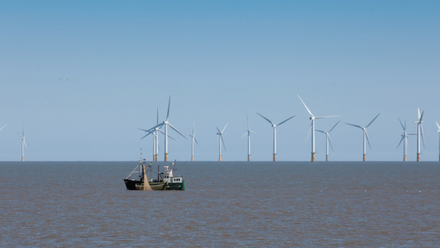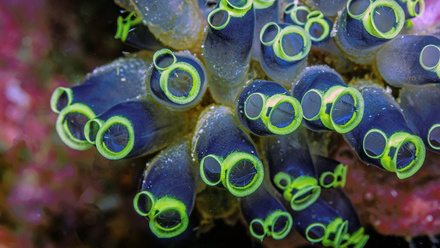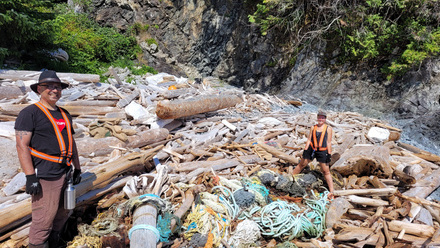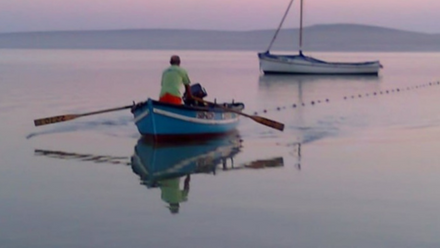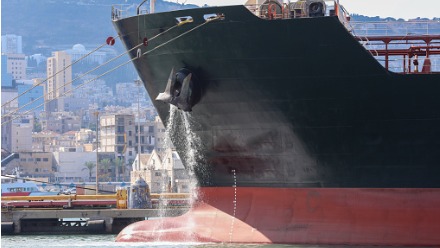Eco diversity and the Ballast Water Management Convention: a personal view
After the International Maritime Organization (IMO) introduced regulations to protect marine life moved through ballast water, IMarEST member MD Alamgir explores their success, or otherwise.
In the past, member states of the IMO raised concerns over changes in eco diversity observed in specific areas of the world due to the migration of marine species carried through ballast water from one port to another.
Consequently, the Ballast Water Management Convention was drafted, ratified and inSeptember 2016, the IMO announced its date of enforcement: 8th September 2017.
After that date, the international community had to comply with the regulations laid down when taking in and removing ballast water from ships.
According to the convention, ships were required to manage their ballast water ensuring aquatic organisms and pathogens were removed or rendered harmless before being released into a new location. As a result, a water treatment plant was to be installed onboard, potentially to treat thousands of tons of ballast water.
Operational costs a consideration
The price of these treatment plants ranged approximately from US$ 500,000 to US$ 3 million, depending on the ballast water capacity of the ship. And the estimated total number of ships in the world needing to be equipped was 50,000.
In addition, there were operational costs dependant on the amount of ballast water needing to be treated, electrical power consumed, the cost of consumables, maintenance cost, repair, spare parts, and the man hours employed.
Let us assume the operational costs were US$ 10,000 per annum per ship; the running of these ballast water treatment systems was ultimately to be paid by the end consumer.
Critics to the convention asked: “Is it [even] possible to stop the migration of marine species from one part to another part of the sea?”
This question remains unanswered to many people like me. Even if migration of marine species could be restricted to some extent, the next question is: “At what cost?”
Has eco diversity always been an issue?
Though the IMO has taken these steps to slow the spread of invasive species being transferred by ships’ ballast water, marine microbes and other living creatures might have been moved by the international sea trade for thousands of years.
Moreover, there is no guarantee that ballast water treatment will sufficiently lessen the risk of transferring harmful aquatic species; a significant number may even travel sitting on the outside surfaces of ships. Most likely, the risk of transferring species through the large oceans can never be stopped completely.
There is also an argument to suggest the treatment system itself is not only killing the harmful marine microbes, but its ultraviolet light and chemicals are also affecting essential marine life.
Therefore, there is definite space for criticism that the money being spent globally for the installation of ballast water treatment plants on ships could be utilised in a better way.
For example, money can be collected locally as a levy for environmental compensation and spent to establish water treatment plants in the areas where evidence indicates the impact of marine species migration. This could be another way of control with less financial impact.
Note: This article represents the views of an individual, and not necessarily those of IMarEST. To participate in the debate concerning ballast water, join IMarEST’s Ballast Water Management Special Interest Group.
Main image: Ballast water exchange process onboard a ship; credit: Shutterstock

